by Lance Hill | Apr 9, 2023 | How To, Mirliton
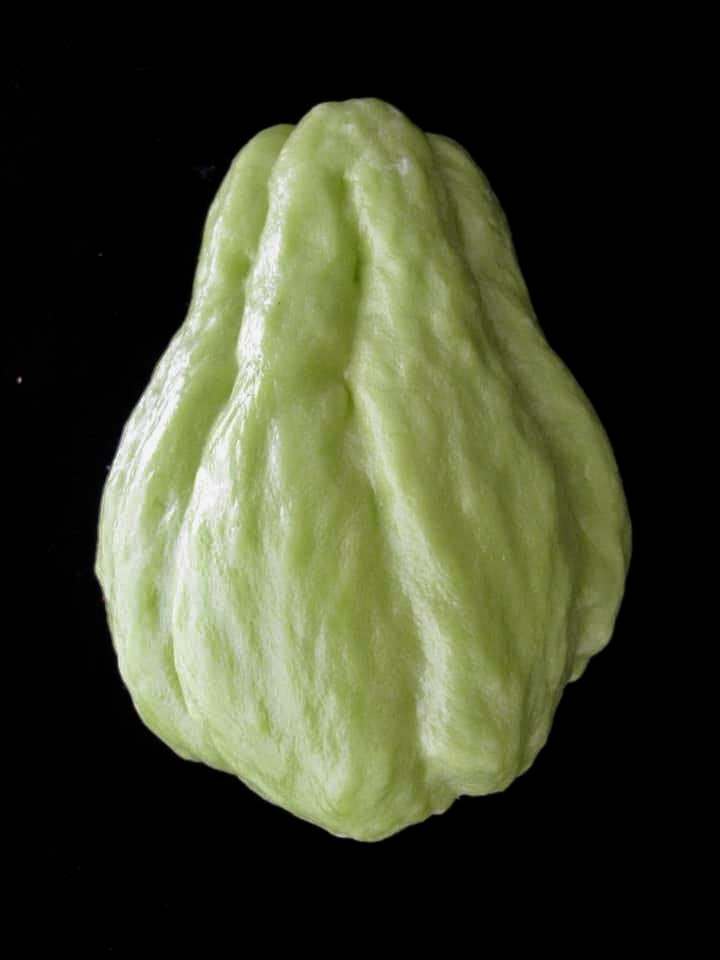
Mirliton is the name people gave the chayote (Sechuim edule) when it first arrived in Louisiana. Chayote is the main species and there are many subspecies (subvarieties) around the world with different names. They are what botanists call a “landrace.” Landraces are domesticated plants that developed over time and adapted to their natural environment and are not the product of human manipulation–such as plant breeding or modern genetic science. Haitians brought the first mirlitons to Louisiana over two centuries ago and that landrace thrived because it was adapted to our altitude, climate, pests, and diseases.
Since the Louisiana variety has never been analyzed genetically, we have had to use the fruit appearance to classify it and its subvarieties. The Louisiana mirliton landrace has distinctive fruit traits (morphology); they are large, slightly pear or egg-shaped, with smooth skin, longitudinal furrows (though a few may be unfurrowed), and either green or white. Over the years other varieties were probably introduced from Mexico and Central America and interbred with the Louisiana landrace. The resulting landrace was what generations of Lousianians simply called “mirlitons.” And for most of the last two centuries, there was only one variety.
Then things changed. Hurricane Katrina wiped out almost all the mirlitons in New Orleans, so I began to search for growers of our Louisiana landrace to replace the New Orleans ones. I eventually found many growers in rural areas and when I did, I would name the mirliton after the grower so that we could track and preserve it.
I soon noticed differences within Louisiana mirlitons–there were clearly different subvarieties in the landrace. Mirlitons were more complex than we thought. I decided to classify the subvarieties by fruit morphology and then interview the growers to determine the strain’s history. If it were a unique variety, we would name the variety so we could track and preserve it. That’s how “named varieties” came to be.
We have reached the point in 2024 where we have identified most of the Louisiana subspecies. To simplify matters, from this point forward, we will classify mirlitons into three categories for purposes of discussion on our Mirliton.Org Facebook group:
- Certified Heirloom Mirliton: A variety that was submitted to Mirliton.Org for visual review and met all the heirloom criteria. Anyone can submit photographs of their variety for review at no cost. If we certify it, you can say on the Mirliton.Org Facebook group that you are growing a “certified heirloom mirliton.” Submit photos to lance@mirliton.org or at the Mirliton.Org Facebook group. We maintain a public list of all certified heirlooms that you can refer people to verify that you are growing a certified variety.
- Certified Named Heirloom Mirliton: These are varieties that were submitted to Mirliton.org in the past that met all the requirements and were sufficiently unique that Mirliton.Org named them for tracking and preservation purposes.
- Louisiana Heirloom Mirliton: These are the varieties grown along the Gulf Coast south that were obtained from an unknown source (a local farmer, a seed store, etc.), and the grower sincerely believes they are Louisiana heirlooms. If you are growing one of these uncertified varieties, you can simply say it’s an “heirloom mirliton” or “Louisiana heirloom.”
There are currently 14 Certified Named Heirloom Varieties:
Ervin Crawford
Ishreal Thibodeaux
Boudreaux-Robert
Blacklege
Papa Sylvest
Bogalusa whites
Chauvin-Rister
Miss Clara
Remondet-Perque
Joseph Boudreaux
Bebe Leblanc
Maurin
Jody Coyne
Dupuy-Prejean
Why is it important to continue tracking heirlooms? Beginning in 2020, several large grocery store chains began importing chayote (mirlitons) that looked exactly like our heirloom varieties. People began buying them, using them as seeds, and growing mirlitons indistinguishable from our heirloom varieties. The problem is that imported chayote may carry a seed-transmissible virus that can destroy our heirlooms. It’s called Chayote Mosaic Virus (ChMv), which devastated crops in other countries. Recent research has also discovered new strains of anthracnose in Brazilian chayote that can be transmitted inside the fruit.
We created the certification process to help preserve and popularize the Louisiana heirloom variety. We recommend that the best way to accomplish this is to use only certified heirloom seeds.
by Lance Hill | Jul 8, 2022 | Mirliton
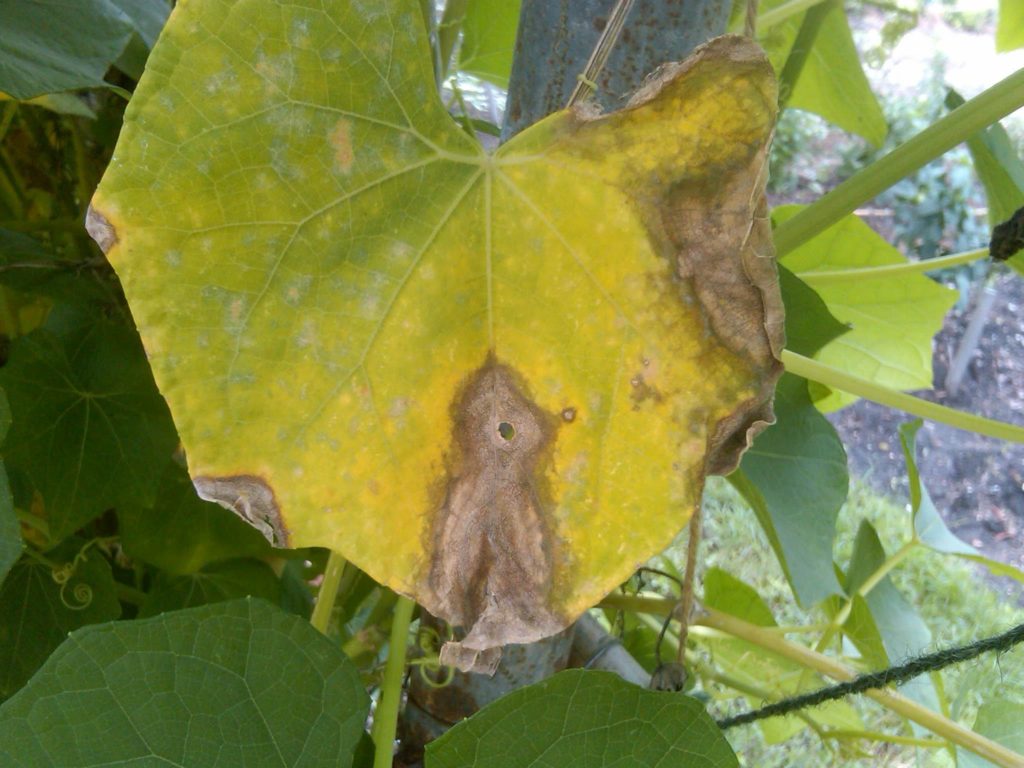
Mirliton leaf infected with anthracnose. Unlike powdery mildew which yellows uniformly and wilts the leaves, anthracnose starts as yellow wedges between the leaf veins. It then turns the leaf tissue brown and leaves a distinctive “shot hole” in the middle of the brown patches. This is because the anthracnose fungus feeds on both living and dead tissue.
Seasons change and diseases change. For mirlitons (chayote), the cooler, drier spring is time for the airborne mildews (powdery and downy), but the hot rainy months July through August—bring anthracnose season. Being prepared for it can significantly reduce the damage the disease might do.
First, know the enemy. The above photo provides all the classic signs of anthracnose; a yellow wedge that turns into dead paper-like tissue, with a shot-hole in the middle. If you got these, you got anthracnose.
Anthracnose is a disease caused by the fungus Colletotrichum lagenarium in mirlitons. There are many fungi that cause anthracnose disease, but for our purposes, we’ll call Colletotrichum lagenarium the “anthracnose fungus.” Unlike mildews which are carried by air, the anthracnose fungus is waterborne. That means it is carried by water droplets, splashing up from the soil and then from leaf to leaf. That’s important because it means that while you might be able to wash off some fungi with a good shower from your hose, the same shower will splash anthracnose fungus all over your vine and cause a massive anthracnose infection.
Three Steps to Manage Anthracnose:
- Don’t give your vine showers. Water from at the bottom of the vine with a hose set on low or drip irrigation.
- Don’t drown the vine. Too much soil moisture stresses mirliton and makes it difficult for it to fight fungi. Make sure your raised beds and ground plantings have adequate drainage, if they don’t have it, then add it now.
- Don’t worry; Be Happy. As horrible as anthracnose looks, infected vines normally recover in September and flower and fruit. Plus, they acquire increased resistance to the disease.
Here’s a more complete fact sheet on anthracnose and how to protect your plant by prepping your planting site or raised bed::Here
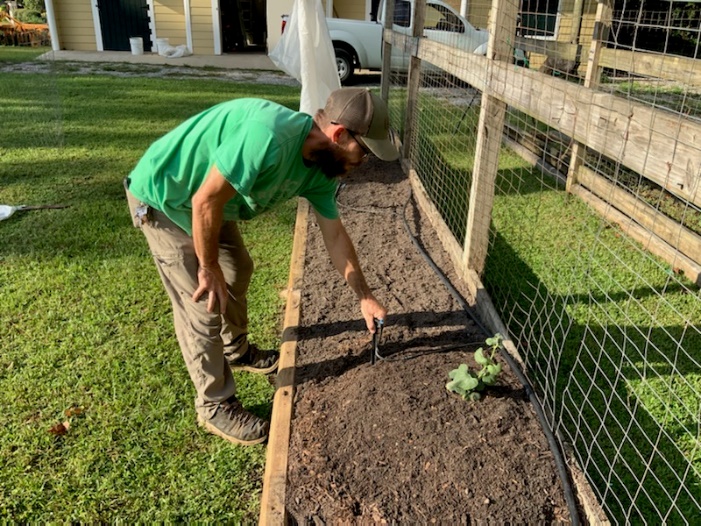
by David Hubbell | Sep 26, 2020 | Mirliton
Update on the Ishreal Thibodeaux White Mirliton Preservation Project – August/September 2020
By David J. Hubbell
Background:
On June 20th, 2020, Mirliton.org announced the we were kicking off the Ishreal Thibodeaux White Mirliton Preservation Project in an attempt to bring back, from the brink of extinction, this rare ivory white variety of the mirliton grown and cared for over four decades by Opelousas, Louisiana’s Ishreal Thibodeaux. If you haven’t already check out the Update on the Ishreal Thibodeaux White Mirliton Preservation Project – July 2020 please do so here: https://www.mirliton.org/2020/08/10/update-on-the-ishreal-thibodeaux-white-mirliton-preservation-project-july-2020/ . It contains an in depth look at all of our growers and efforts for the start of the project.
Reports from the Field:
The month of August was basically one in which the growers were nurturing their potted mirlitons to encourage growth and good root development as well as protect against the summer elements…including hurricanes! In addition, the two Louisiana growers with vines in the ground also worked to protect these so that they could thrive despite the aforementioned elements. September was our anticipated month to have the mirlitons in the ground to shoot for a small fall crop.
First off, it was good to hear that our Carolina growers fared well with Hurricane Isaias.
Chris Smith’s sprouts in Ashville, North Carolina were coming along nicely in early August and was hoping to be on course for the September planting. However, he noted on September 23rd, the mirliton were still “alive but small and still in containers. We’ve hit a low of 40F here already so I’m taking precautions. I’ve taken a cutting and sent it to a heated greenhouse in Charlotte where it should overwinter quite happily. I’ll keep mine in containers and move them inside as well as taking extra cuttings as the vines grow. The ‘season’ here is to grow early in spring, set out in summer and harvest in fall. Hopefully we’ll see that pattern in 2021…”

Image 1. The first of two potted mirliton Chris Smith and his group are nurturing.

Image 2. The second of Chris’ two potted mirliton. This one was just starting to sprout.
At the end of August, Keith Mearns plants were also doing great in Columbia, South Carolina. He reports “Both my plants are doing well. One started later than the other and is about 12” long. The large one is now beginning to branch from lower buds. “
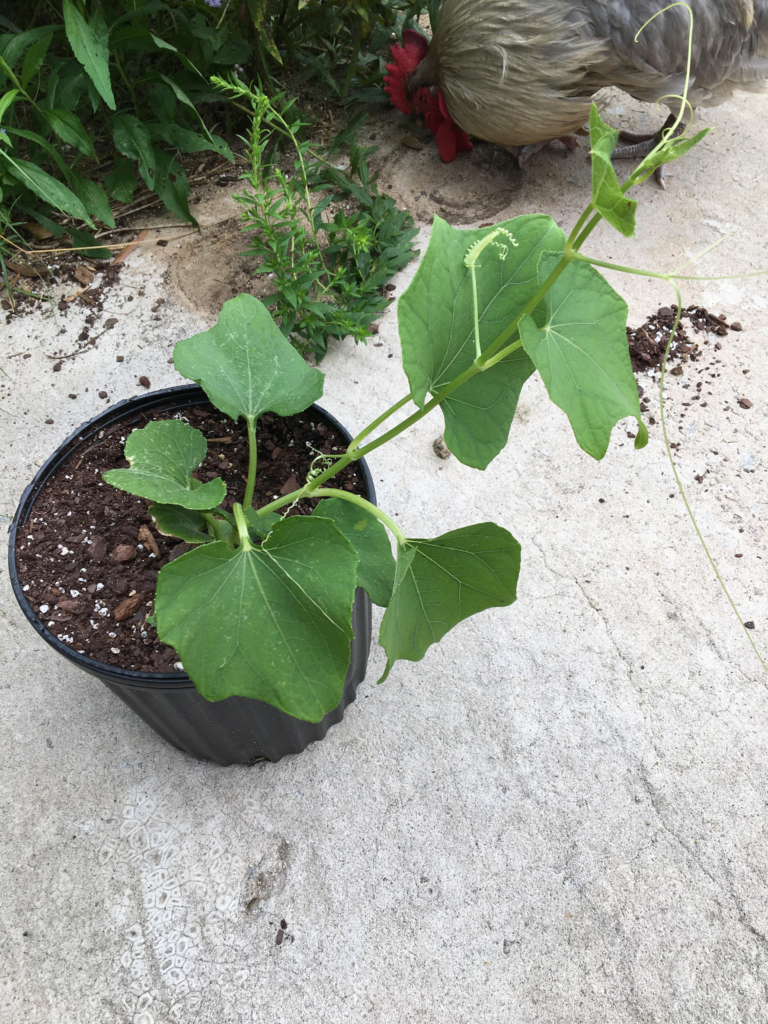
Image 3. The first of two potted mirliton Keith Mearn’s and his rooster are nurturing.
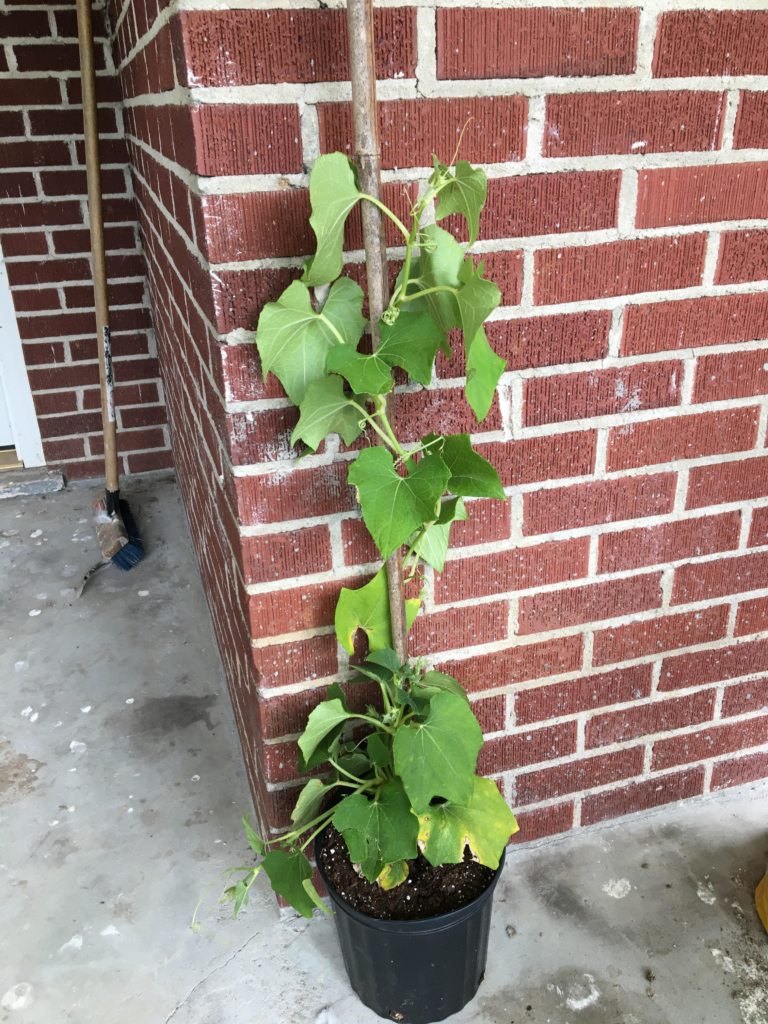 Image 4. The second of Keith’s two potted mirliton. This one is doing well!
Image 4. The second of Keith’s two potted mirliton. This one is doing well!
Keith reported the following on September 16th, “In anticipation of some decent rain, I planted one of my plants today on one of the trellises I sent photos of. I’m thinking that I’m going to up-pot the other plant into a 15gal pot and keep it in my heated cold frame greenhouse. I’ve also just stuck a few cuttings to see how they do.”
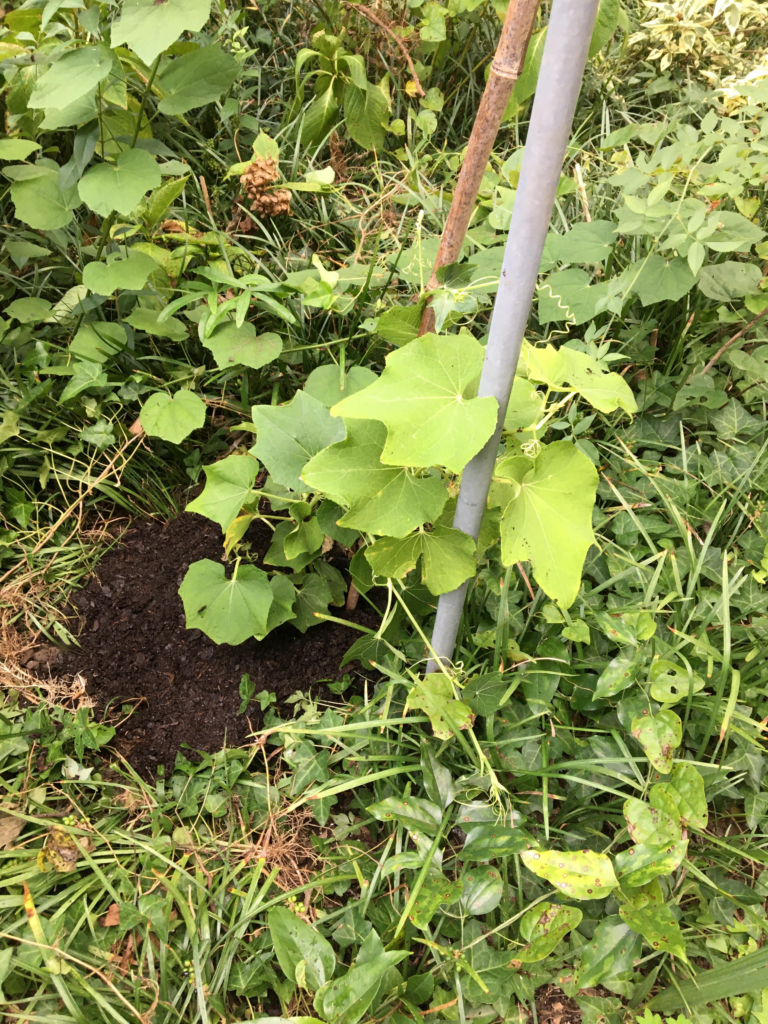 Image 5. Keith’s planted mirliton.
Image 5. Keith’s planted mirliton.
James Cobb’s vines in Houma were really thriving at the beginning of August and he states this one is in a “10 gallon nursery pot and the top of the cage is 6′. Tallest plant is now at the 4′ ring or about 3-1/4′ above the soil. The fruit on that one is still very firm. The other fruit basically rotted but the plant itself is doing well, but not as tall as the other, but does have a couple of new shoots coming up from the bottom.”
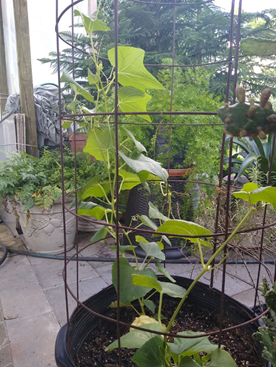
Image 6. James’ potted mirliton doing well in early August.
Then our Louisiana growers had to deal with a double whammy the last week of August: Marco and Laura. While Marco seemed a relative non-event to some, Laura did some major damage to the west side of the state. One of the Ishreal Thibodeaux growers not in the first group of official growers unfortunately lost hers during Laura.
In an effort to protect his plant, James lashed himself to the plant during the storm as seen here. 😉 In reality he was showing the incredible growth his vine had seen in a three-week period.
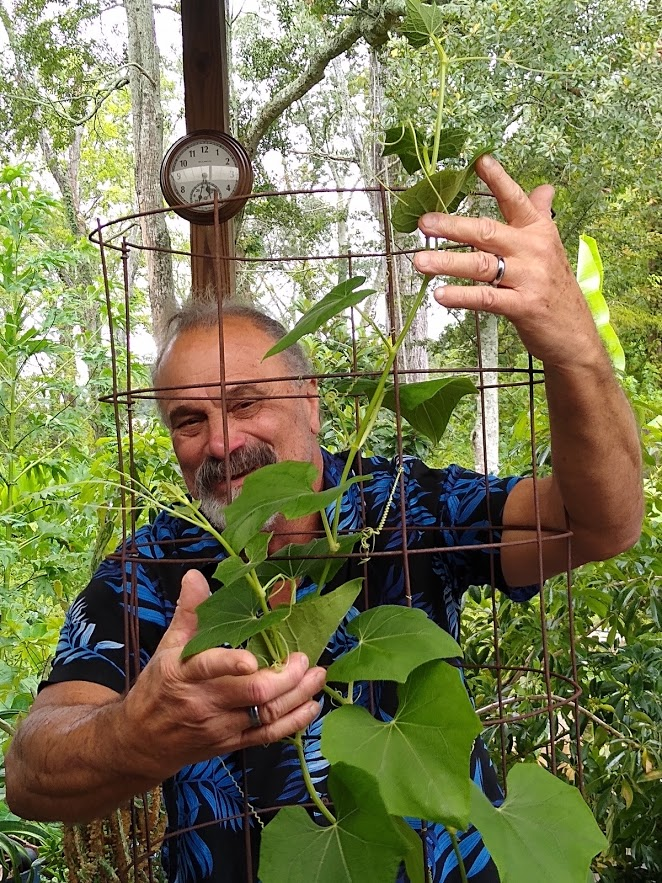
Image 7. James’ “lashing” himself to the potted mirliton before the arrival of Laura.
Luckily for us, Paul D’Anna and Chef John Folse didn’t see any damage on their ends from the storms.
Chef John, shared these updates early in August on his plants in the pots that were also looking fantastic.
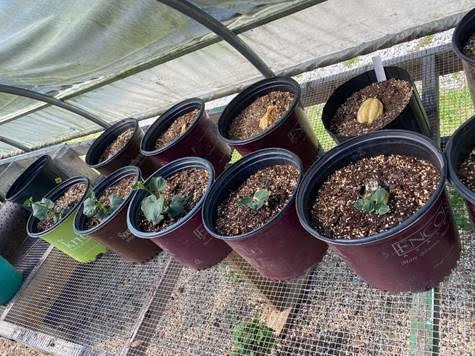
Image 8. John Folse’s potted mirlitons in his greenhouse in Baton Rouge.
By September 6th, Chef John and his Gardener Brian Ainsworth had planted a few more Ishreal Thibodeaux’s at White Oak Estates and Gardens.
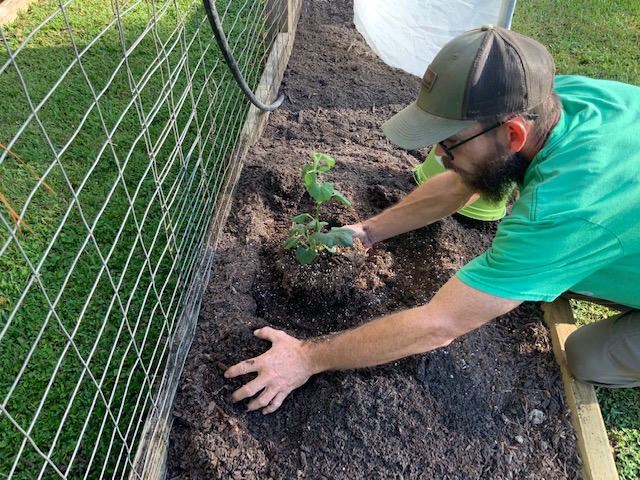
Image 9. Brian Ainsworth planting more mirlitons at White Oak Estates and Gardens in Baton Rouge.
The newly planted mirliton from earlier in the summer were also doing quite well on September 22nd in Baton Rouge.
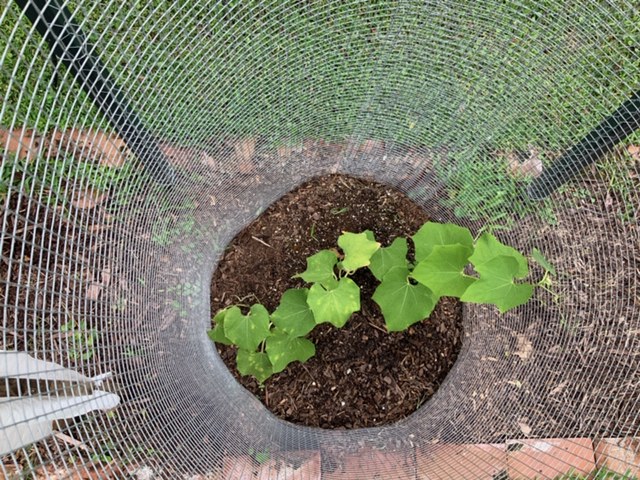
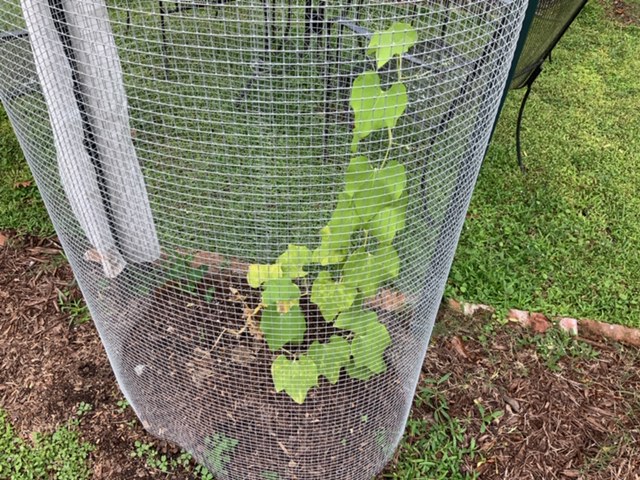
Image 10. The Ishreal Thibodeaux mirlitons planted earlier this summer at White Oak Estates & Gardens.
From my end, my seed mirliton started to drop the “embryo”, and while I expected to see sprouting, none occurred. Lance Hill noted that “The tendency for spring mirlitons to not sprout was first identified by Ervin Crawford. This is a little-understood quality called “parthenocarpy”: a fruit that sets and grows but does not contain a fertilized seed “embryo”). There is almost nothing in the literature on this but it means we best wait for fruit to sprout before we give them out as seed.
I assumed that it was a fluke, but I just read that some plants deliberately produce parthenocarpic fruit to distract herbivores. Animals prefer fruit that has not sprouted because sprouted fruit is filled with roots that consume moisture. “
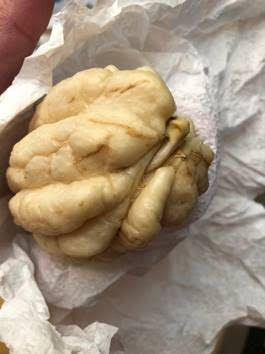
Image 11. David Hubbell’s seed mirliton not doing so well in early August.
Since mine wasn’t looking too great, I received one of the extra potted vines from Chef John to plant in Mobile by the first week of October.
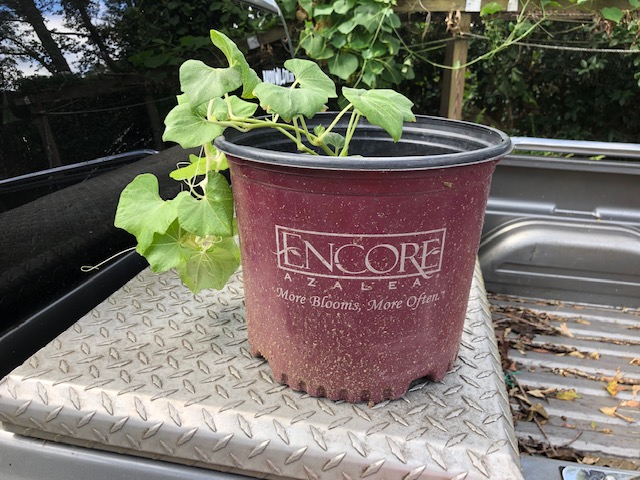
Image 12. Potted vine to be planted in Mobile.
Education and Inspiration Through Food:
Chef John and I had planned to do some more videos in August, but unfortunately the dual hurricanes caused us to delay this effort. However, a friend of mine, Jaime Callahan of Buddy’s Cajun Spice did release his Cajun Stuffed Mirleton Slipper recipe on Youtube that looks pretty good. Please check it out:

Image 13. Jaime Callahan’s Cajun Stuffed Mirelton Slippers https://youtu.be/6Goqi8ncJMM
Closing Thoughts for Effort So Far:
This second update hopefully showcased the efforts needed to nurture and protect potted mirlitons against the elements for a Fall planting. As I write this in late September, we know that the heat and humidity are just starting to let up along the Gulf Coast. Hopefully the next report will detail further updates and showcase more of the planted efforts of the various growers as the vines adjust being in the soil and focus on hopefully what will be a successful but possibly small first crop.
If you have any comments, questions, or suggestions, please send them to me David J. Hubbell at rpcajun2r@gmail.com. Thank you.
by Lance Hill | Nov 8, 2019 | Mirliton
Frost Alert for Next several Nights
by Lance Hill
The forecast calls for temperatures below 40 f. for the next several nights and in the high 20s on Tuesday night. If you have a vine, you can save it using an overhead rotary sprinkler as show on the “Photos” page under “Frost Protection Sprinkler Systems.” Simply turn the sprinkler on at sunset and then off in the morning. It can protect a mirliton vine down to about 29 degrees. If you don’t choose to use a sprinkler, than cut the vine back to the base and place some carpet and heavy mulch over the crown. About once a month you need to replace the carpet and mulch to prevent disease and pests until next spring.
I don’t get any reports of a good crop this year because the drought has disturbed normal flowering and now we have the early frost. But that’s what makes mirliton growing so rewarding; only the careful, attentive, and knowledgeable gardener succeeds. The tribulations are many but the rewards a great.
We have just added several hundred recipes to our “Mirliton Recipes” page, which is the largest collection of international mirliton/chayote recipes in the world. Yes, the world! Go to the page and scroll down to “Recipes added September 23, 2019” to see the new recipes.
Divinely yours,
Lance Hill







 Image 5. Keith’s planted mirliton.
Image 5. Keith’s planted mirliton. 








Recent Comments